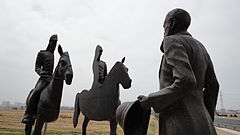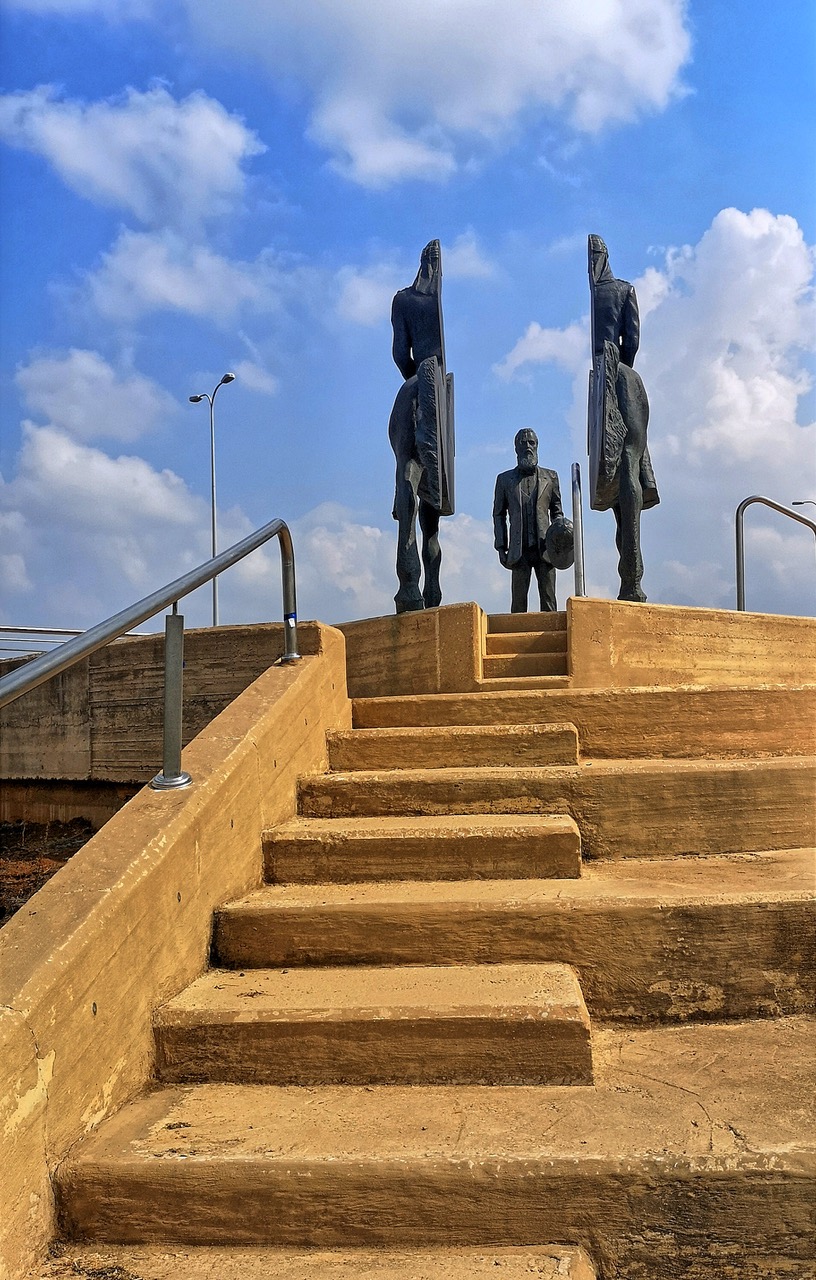When Theodor Herzl, the father of modern Zionism, heard that Kaiser Wilhelm II planned to visit Jerusalem, he purchased a ticket of his own. True, the Kaiser, Emperor of Germany and King of Prussia, wasn’t in the least interested in creating a home for the Jews in the land of Israel. But Herzl hoped that if they met on the soil of the Holy Land, he might be able to win him over. Herzl docked at Jaffa port on October 28, 1898 and traveled by train to Jerusalem. While he spent the next few days biting his nails in anticipation of his meeting, Wilhelm gallivanted around the city. In fact, within the space of a week, the Emperor managed to visit every German institution in Jerusalem, along with the Temple Mount, the Western Wall and the Mount of Olives. On November 2, 1898, Herzl met with the Emperor on this historic site – today the Jerusalem Ort Oleiski College — to discuss Zionist issues. But, in the event, Wilhelm hemmed and hawed and remained annoyingly neutral. Indeed, Herzl wrote in his journal that “he didn’t say ‘yes’ and he didn’t say ‘no’.” Who knows what might have happened had Wilhelm given his wholehearted support to Herzl’s cause.
The Emperor and the horse figures are split, and Herzl’s gaze is directed to the gap generated between the two halves separated. On the first half of the splited horse written a famous statement of Hertzel: “If you wish for it, it is not a dream”. On the other half written the words of the emperor: “There is a future to this country”.
photographers unknown










